The Rebranding Process: Strategies for Success and Growth
Rebranding is a strategic initiative that enables companies to make impactful changes and reach a broader audience. They can maintain relevance in the market by updating their image and identity. However, rebranding should be approached with care: if it goes wrong, brands risk alienating customers.
When embarking on a rebrand, start by thinking about your long-term goals for the company.
Rebranding is a complicated process that requires careful planning and execution. It involves making decisions to bring your brand new life – helping you form deeper customer connections. If you want to succeed at repositioning your business, it's essential to understand what rebranding involves – and why it matters.
To give yours the best shot at success, ensure you're approaching any planned change holistically – so all elements of your visual branding (and overall brand experience) work together coherently.
Companies often choose to undergo a rebrand because they've grown or evolved as an organisation since their original launch or last update; sometimes, they respond to shifts in customer behaviour; other businesses are simply trying to remain competitive.
Table of Contents
Reasons for Rebranding

There are multiple reasons why businesses opt for rebranding. A common motive is to refresh a flagging brand and maintain its relevance. By updating a brand's visual identity, messaging and positioning, companies can better connect with their target market and differentiate themselves from rivals.
For example, consider an established fast-food chain that has been in operation for decades. Over time, the brand may come to be associated with outdated values or seem old-fashioned. The company could carry out a rebranding exercise to give its image a modern twist and appeal more strongly to younger people.
Another reason for rebranding is corporate activity such as a merger or acquisition. When two firms combine forces, they must create a cohesive brand identity that represents the new entity; this helps build trust and loyalty among customers and stakeholders by combining the strengths and values of both brands into one unified message that will resonate with consumers.
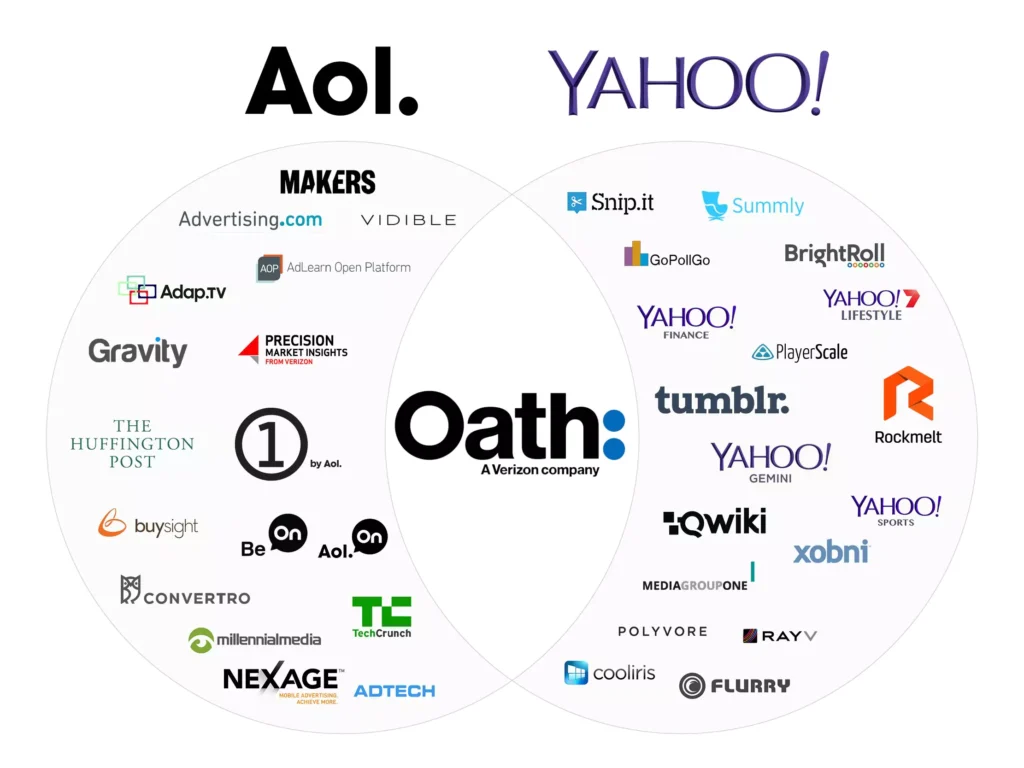
For instance, think about how global telecoms firms acquire smaller regional providers: after buying up one firm in one area after another, there comes the point when being seen as lots of different things becomes confusing – especially if you're trying to sell national deals while being mainly known locally – so at some point, you've got to go through branding consolidation exercise like Vodafone did during 2001-03 under CEO Arun Sarin's stewardship.
If your reputation's taken a knock (or several), rebranding can be a way of rebuilding trust and relaunching yourself positively. By presenting yourself afresh visually, errors or issues in your past can be pushed aside so you can start anew. This works if what people see now differs from what they saw before.
This can reset things even if nothing's changed internally (it probably has, though). By carefully curating what gets seen externally via PR releases, etc, you regain consumer/stakeholder trust because most punters just won't care enough either way about checking whether what you're saying is true.
For example, consider the recent accusations of unethical labour practices against a well-known clothing brand. To try and defuse the crisis, a rebranding exercise could be carried out. By doing this – and linking it to transparency, sustainability and ethical manufacturing values – trust can be restored in consumers' eyes, and the audience can be broadened so that the company ends up targeting more conscious individuals who are much more likely to check all your claims for authenticity, etc.
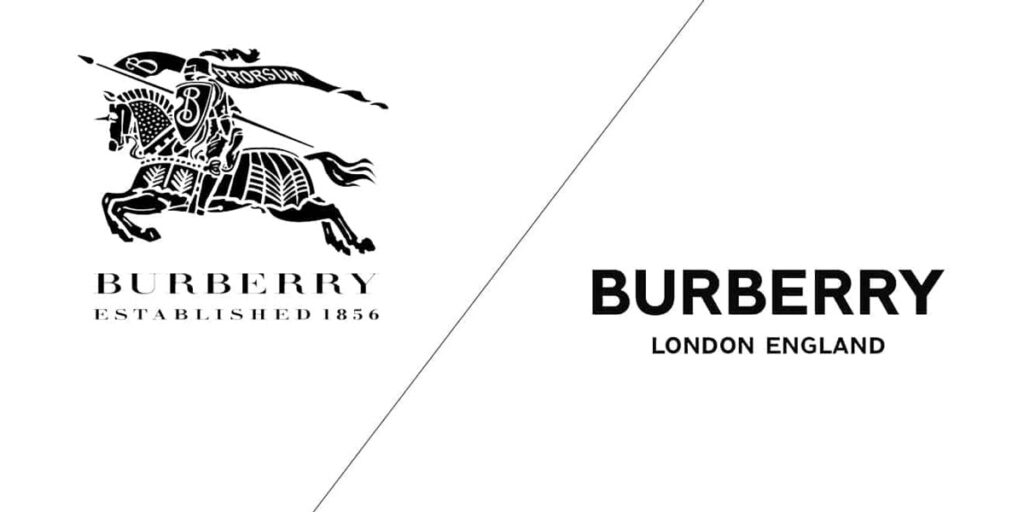
Lastly, there's growth market repositioning: as businesses grow or evolve, their target market changes, but their branding might not have altered at the same speed, meaning – almost by accident – they will no longer appeal as strongly to potential consumers as they once did.
Rebooting your identity means you can realign how punters perceive you with where your growth areas lie. This gives people an instant snapshot of what makes you unique (assuming, of course, whatever they know about in the first place still resides within) and should make them want to associate with it if they share those values.
For instance:
Think how some software companies started off trying to sell into small firms before deciding actual enterprise clients were where the money was. Rebranding around this insight allows them to position themselves clearly in the minds of whoever buys IT kits.
Benefits of Rebranding
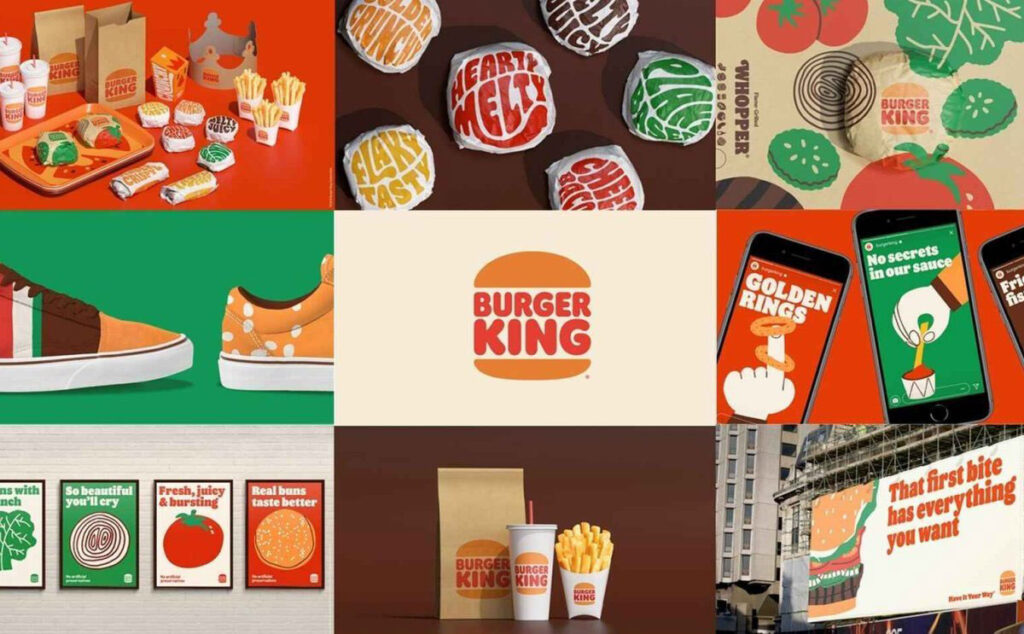
Rebranding has numerous advantages for firms that are willing to undertake the process. First, it enables companies to emotionally connect with their audiences and stand out in an oversaturated market. Businesses can use rebranding to evoke certain feelings and create a firmer attachment with customers by refreshing a brand's visual identity and messaging.
For example, if a luxury hotel chain wants to appear more upscale and sophisticated, undergoing rebranding could help achieve this. Redesigning its logo, updating its website and improving the customer experience would increase its appeal to high-end clientele who might be willing to pay more for an indulgent stay. This rebranding effort could resonate with target audiences by creating a sense of exclusivity or elegance.
Secondly, by rebranding, businesses can appeal to broader demographics and make the necessary changes for growth and success. Expanding their consumer base could lead to increased profitability or market share.
For instance, if a drink company is looking at launching a new range of healthy natural drinks, rebranding could reach new demographics and give them an image overhaul. Emphasising its commitment to wellness/sustainability in the drink brand's imagery/logo makeover, etc., will help attract health-conscious consumers looking for alternatives in sugary beverages – resulting in increased sales from people who now see them as someone trustworthy when it comes to nutritionally sound or environmentally friendly options being offered.
Lastly, rebranding allows businesses to revamp their brand image while increasing interaction among customers and prospects. By changing how the brand looks visually, renewed interest and excitement can be sparked among current clients, which results in improved loyalty and engagement levels; even potential customers may take note, too.
A technology firm wanting to showcase cutting-edge/inventive solutions may undergo rebranding to reflect said qualities better, e.g., redesigning logo/marketing materials, updating website – to catch the attention of the technology-savvy consumers that want innovative advancements. Using rebranding this way emphasises its commitment to innovation and underlines itself as an industry leader.
Steps Involved in the Rebranding Process
The rebranding process may be complicated, but breaking it down into several key steps ensures everything is well-planned and executed effectively.
First up is brand discovery. This means evaluating your current brand identity, customer perception and competition. You must know where you are before deciding where you want to go. Conduct market research that gives insight into your target audience and opportunities for the rebrand – this will help with the next step.
For example, a retail company might do market research to understand what's currently happening in fashion, consumer preferences, and competitors' strategies. It could uncover gaps in the market or ways that it can differentiate itself from its rivals – by understanding what its customers want and need, it can develop a rebranding strategy that works.
Next comes brand strategy: creating a detailed plan which aligns with your long-term goals for the business; think of it like setting off on an epic journey rather than just popping out to buy milk. Define your company's core values so they guide your rebranding efforts – otherwise, how will anyone else know anything about them? This stage sets up everything else that happens later, making sure all subsequent decisions hang together nicely under one overall branding banner.
For example, non-profit organisations sometimes undergo a rebrand when they realise their mission and impact aren't being communicated properly (or at all). Defining their core values (e.g. transparency, inclusivity, community engagement) helps guide the development of their new image/voice so these things are conveyed to supporters who feel an affinity with those values.
The next step is the brand identity package. This includes designing a new logo, typography hierarchy, and colour scheme to represent the rebrand visually. Creating a visual identity that resonates with the target audience and accurately reflects the brand's new image is essential. The brand identity package visually represents the brand's personality, values, and positioning.
Consider a technology company that wants to rebrand itself as a user-friendly and intuitive software solution provider. The company may redesign its logo to feature clean lines and simple shapes, reflecting its commitment to simplicity and ease of use. The typography hierarchy may be updated to use clear and legible fonts, enhancing the readability of the brand's messaging. The colour scheme may be adjusted to include vibrant and friendly colours, creating a welcoming and approachable brand image.

After the brand identity is established, the brand development phase begins. This involves developing online and offline strategies for effectively communicating your new branding message across all channels.
This includes updating your website design, social media profiles, marketing material, or customer touchpoints. Overall, it's about creating an experience across all these different points for users so they can understand what your business will offer them.
For example, if you're a fashion retailer, you could update your website showcasing beautiful professional photography, someone modelling close to your latest collection.
You might also write some copy on their product pages highlighting key attributes about easy-to-wear luxurious textures. And then there's social media, which could translate into updating your profile photos, cover photos, and any updates You make, such as posting content-related values or engaging with target audiences over time.
Once all the components are in place, it's time for the brand roll-out. This involves refining the details and presenting your new brand to the broader world.
This could mean announcing your rebrand to customers, stakeholders or anyone interested in what you do. The aim is to build excitement about what's coming next – while ensuring a smooth customer transition.
For example, a hotel chain might organise an event where they announce their new identity. They might create presentations explaining their improvements and changes and share testimonials from happy guests who've already experienced them. They may also launch a marketing campaign designed to generate buzz around the new-look brand – potentially using social media, print advertising or partnerships with influencers.
Meanwhile, guidelines need established so that everyone knows how best to manage your newly reborn company.
Brand guidelines offer comprehensive instructions on managing your company's identity across numerous platforms – everything from its logo to colour palettes, typography choices and tone of voice.
These guidelines help ensure consistency within any one execution (such as a piece of communication) and between different executions (for instance, online or offline).
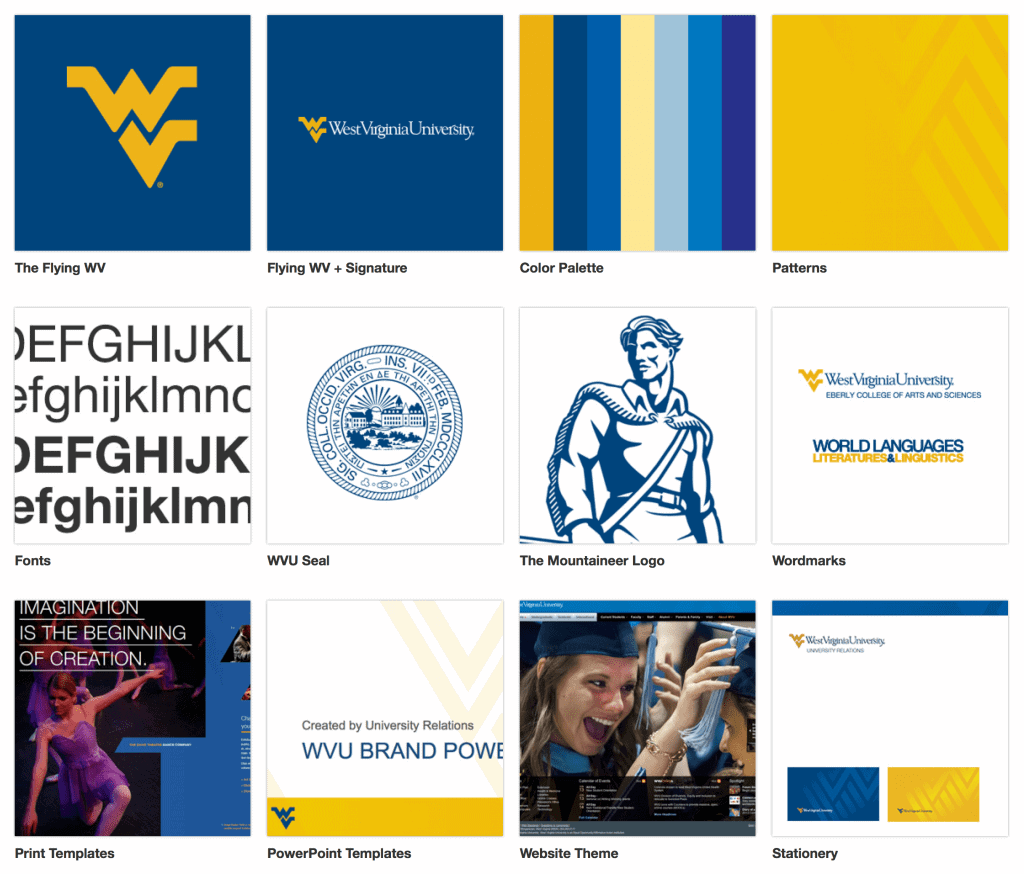
They're crucial to controlling your new look – stopping anything that dilutes its impact from entering the wider world.
A software company turning itself into something more modern and dynamic might use its brand guidelines documentation to explain how partners should use its logo, specify which colours can be used on any customer-facing materials, and even set out preferred tones of voice for written communications with clients.
Finally, all those assets mentioned above are created based on visual ID documents created during stages one and two, then used consistently across every platform you want visible branding on. Again, this is crucial to establish a strong brand presence.
To give another example explicitly related to consumer goods companies, let's say yours is keenly looking to emphasise how green it is during rebranding.
You might use your new packaging to demonstrate that you're serious about using eco-friendly materials. Plus, clear labelling highlights what initiatives are being pursued with the environment in mind.
On top of that, your marketing material could make a virtue out of sustainable sourcing techniques and communicate your vision for a greener future. All this will help solidify your brand's new identity – and build connections with similarly environmentally-minded consumers.
Importance of Market Research and Analysis

When rebranding, market research and analysis are your most essential tools. It's vital to do your homework to be confident that the brand will be embraced by its intended audience.
This research will give you insights into consumer preferences, trends in your sector and what competitors are up to – all helpful in making informed choices about how best to reposition your product or service.
So, what is market research? In essence, it involves gathering information about your target market so that you understand them better than ever before. That means understanding not just their age, gender and income but also how they live their lives and perceive themselves.
The result of this work should be a set of clearly defined ‘personas' which sum up characteristics common to different segments of the potential customer base. The aim here is to find points of difference on which you can build: if everyone else in your sector does the same thing as you, then there's no competitive advantage in doing it yourself.
For example, let's say you run a cosmetics company that wants to address the growing demand for natural beauty products. Making sure this isn't just a hunch but something based on proper analysis requires digging into some data – we're talking desk-based research – and conducting face-to-face interviews with likely customers.
If things go according to plan (and I'm simplifying wildly here), these two strands of work should back up each other findings-wise; either way, though, at the end of both processes, there should be enough evidence for a decision-maker within the business comfortably conclude that “we didn't just dream this idea up”.
Market analysis sounds similar but is subtly different: rather than pinning down who individuals within your target market might be like (this is where personas come in), it looks more broadly at factors such as overall demand for certain types of products/services or whether any barriers stand between potential customers and making a purchase.

One example might be if you run a software company catering for businesses in a particular sector, say, builders' merchants. You already know that these firms need to keep track of stock levels (in case they ever run out of something crucial), but this is done using pen and paper or with the help of an old-fashioned spreadsheet.
You could do some desk-based research to establish whether your hunch – “I reckon there's demand for user-friendly software that will make life easier for builders merchants” – has any basis. The answer might be lots of negative feedback on Amazon reviews about rival products, the fact that Google searches on ‘builders merchant software' have doubled over the past two years, or comments on LinkedIn from people complaining about current ways of working.
Again, saying, “If we build it, they will come” is not enough. Instead, you want enough evidence so that someone who sees your proposal can't just bat it away as another idea dreamt up by marketing types. The aim should be watertight business cases based on sound data analyses, giving your proposition a fighting chance when presented internally.
Finally, no market research/analysis should occur without considering customer feedback or satisfaction levels within your existing brand.
This can help you identify areas where improvements are required and give clues as to key messages that resonate with specific segments within your broader target audience.
Examples of Successful Rebranding Campaigns
Rebranding has helped many businesses hit their targets while connecting with the people who matter most to them. Here are a few success stories that provide insights into what works when repositioning a brand and how much difference it can make.
Apple's transformation in the late 1990s from a struggling computer company to one of the biggest brands on Earth is often held up as an example of successful rebranding. Under Steve Jobs' leadership, Apple focused its offering on simplicity, design and innovation and used advertising campaigns like ‘Think Different' – which positioned Apple as a different kind of technology company altogether – to deliver its message. That repositioning exercise helped put Apple back at the top table before underpinning all that followed.
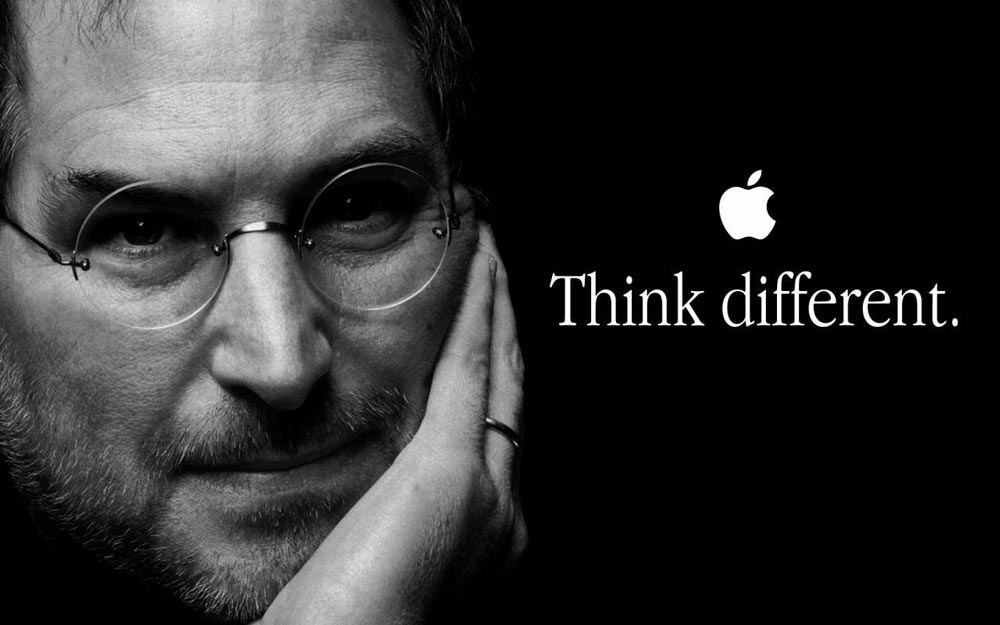
Coffee chain Starbucks provides another example. After rapid expansion led some critics to question whether too much growth had damaged quality, Starbucks set about reconnecting with coffee drinkers via efforts such as the new concept, Starbucks Reserve, designed to show off sourcing and brewing credentials, give customers more choices, and create an impression among sceptics that this was genuinely unique coffee. The exercise won back trust, turned around several years of flagging fortunes, made something for coffee lovers who thought they were over regular Starbucks but weren't quite ready for independence yet, and cemented the perception that this was premium stuff rather than everyday fuel.
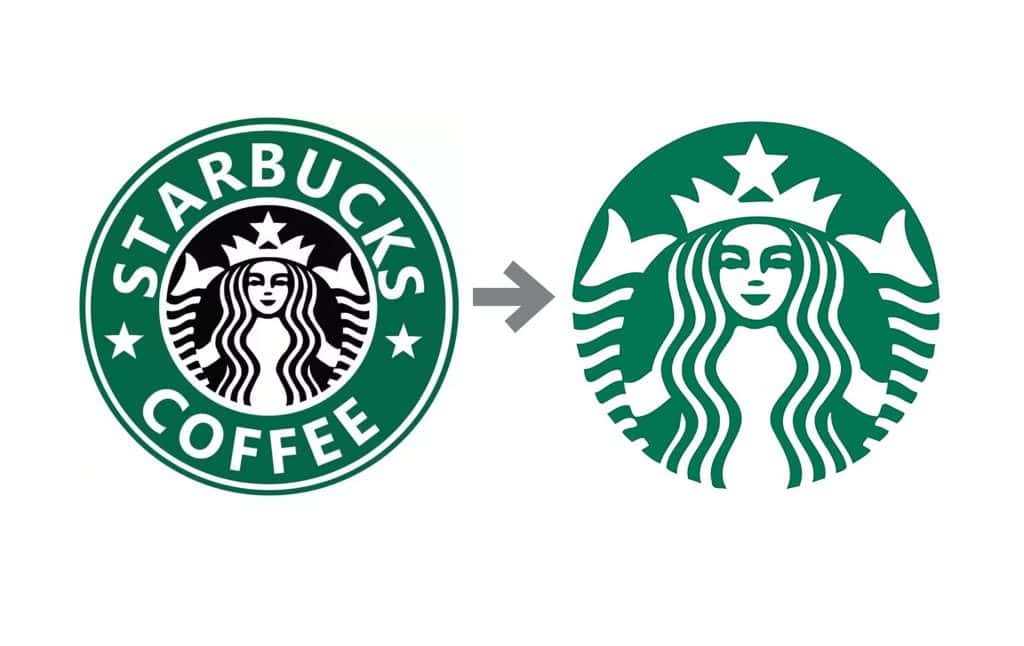
These examples underline how important it is for firms thinking about rebranding to understand their audience (existing or potential) well, find out what makes them tick and identify anything unique about themselves they can leverage against competitors. By doing so effectively enough – which means communicating properly across relevant channels – companies can successfully change what people think about them or even where or how they sit within a broader market.
Challenges and Risks Associated with Rebranding
Rebranding is a complex process demanding careful planning and execution. It offers many benefits but carries risks and challenges that companies must understand and mitigate.
A significant risk is damaging the company's standing with consumers if the rebrand is poorly received or communicated. While rebranding can bring in new customers or engage existing ones, it could alienate loyal customers attached to the old brand. A clear understanding of your target market is crucial to ensure your rebrand aligns with their expectations and preferences.
For example, a well-established clothing brand might want to use its rebrand as an opportunity to appeal more to a younger audience. But if the effort isn't executed effectively – perhaps because the brand loses sight of its identity or authenticity – it could alienate its loyal customer base without attracting that new audience.
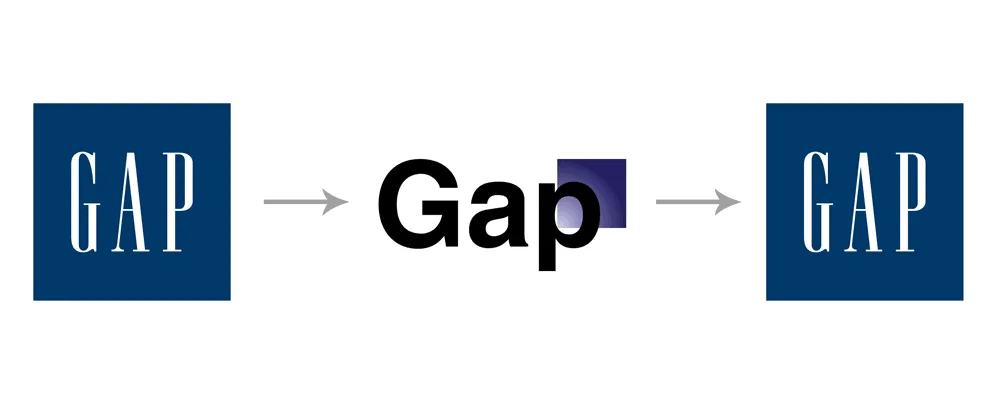
Making too many changes at once can disorientate customers and create confusion. Balance is vital between making necessary changes while keeping some continuity with what went before. Gradual change conducted thoughtfully can help ease this transition for customers (and other stakeholders) and minimise confusion/resistance.
For instance, a restaurant chain may want to update menu offerings and interior design as part of an overall brand refresh exercise. Still, radical sudden transformation risks confusing consumers used to order from particular menus or seeing familiar sights when they walk through those doors. Implement changes gradually; communicate them effectively, ensuring smoother transition and tackling resistance among the customer base.
Managing stakeholder expectations/emotions throughout this process poses another challenge: staff/customers/others will often have emotional attachments tied up in where you're coming from (a reason why change here can be met with scepticism/resistance). Ensure reasons behind such efforts are communicated clearly; involve people wherever possible so support and familiarity build accordingly.
Imagine a software company that needs to modernise its image as it grows from an upstart firm to one of the big boys. When the company undergoes a rebranding, this could include changing things like the corporate logo, website and marketing materials. To ensure employees and customers don't revolt against these changes, companies can hold town hall meetings or provide regular updates on their progress while asking for feedback. By involving stakeholders in such activities, firms can foster “ownership” and get people more aligned with whatever rebranding campaign they're cooking up.
Tips for a Successful Rebranding Process
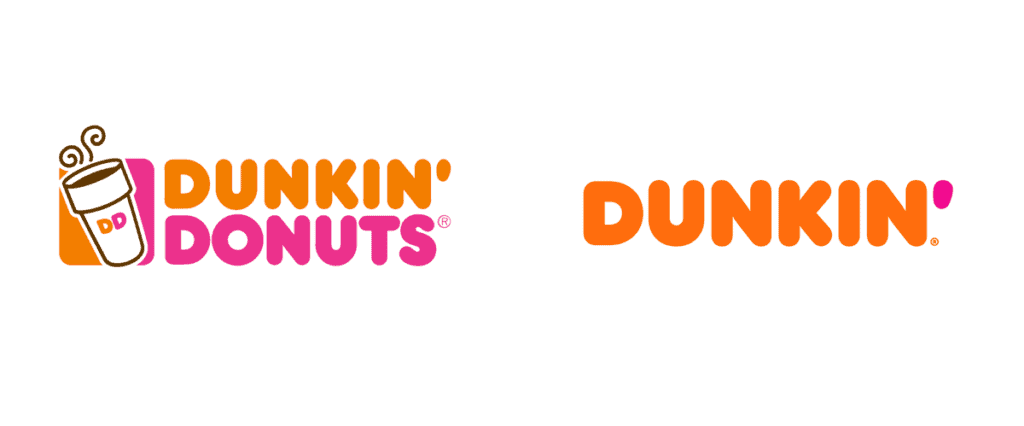
To ensure a rebranding process is successful, bear in mind the following essential tips:
Involve relevant stakeholders – customers, employees and market research – to gather feedback and insights throughout the rebrand. This will help reposition any efforts, so they align with what's expected or preferred by your target audience.
Find your unique niche – whatever it might be – and leverage it as part of your rebrand strategy to differentiate from competitors. A specific area of expertise or unique selling proposition can help you stand out from the crowd and attract your ideal customers.
Establish a consistent brand voice that helps connect with customers and maintain brand identity. Consistency in messaging and tone of voice builds trust, while familiarity helps reinforce who you are as a brand.
Treat rebranding like a project: allocate resources accordingly to ensure everything runs smoothly (and successfully). Rebrands need thoughtful planning, coordination and execution. You're more likely to succeed by dedicating necessary resources because everyone knows it's a priority.
Make sure staff understand why you're doing what you're doing… And make sure they embrace the new identity, too! Engaging them in explaining why changes are being made matters for success. Why? Because aligned, employees become ambassadors/advocates for a brand.
By sticking to these tips, companies will increase their chances of running an effective rebrand that delivers the desired business results.
Importance of Communication during Rebranding

During the rebranding process, effective communication is crucial. Communicating the reason for rebranding to loyal consumers and employees helps maintain transparency and trust throughout the process. By explaining why you're rebranding, you help customers and employees understand the changes–and feel more connected to your new brand.
For example, a retail company undergoing a rebranding process to reflect its commitment to sustainability might communicate the reasons behind this effort through various channels. This could include updating the company's website with a dedicated page that explains your sustainability initiatives–and how it ties into your vision for a greener future.
You might also send personalised emails to your loyal customers to thank them for their support and explain how your actions align with their values.
Maintaining open lines of communication throughout this process is essential, too. Doing so allows you to address any concerns or questions–as well as ensure everyone's informed about progress and timeline.
Regular updates and clear communication help manage expectations–and ultimately build confidence in your new brand.
For instance, if you're a technology company rebranding itself to focus on artificial intelligence (AI), providing regular updates about advancements in AI technology–and how they align with your new brand identity–can be helpful.
You could do this via blog posts, social media updates or newsletters highlighting what your company can now do because of AI–and how such capabilities are poised to impact your industry overall.
Importance of Employee and Customer Feedback

To have a successful rebranding, feedback from customers and employees is crucial. This is because getting the opinions of existing customers and employees before undertaking a rebranding initiative enables brands to access invaluable insights and ensure that there will be alignment with their expectations.
For instance, a hospitality brand planning to undertake a branding exercise could survey its workforce to gauge how they see the current brand and what specific suggestions for improvement they might have. The output can yield valuable insights into the strengths and weaknesses of the present reputation, which can then shape branding strategy.
Informed decisions are made about rebranding by taking on board stakeholder feedback – whether from market research, employee input or customer input. Feedback helps unpack the preferences across target audiences so that new initiatives can be tailored accordingly.
For example, a consumer electronics manufacturer wanting to pivot its products towards being seen as more upmarket would likely solicit online surveys/customer focus groups – seeking responses from people who buy in this space – to discover what features/attributes people associate with premium products. The information then shapes subsequent branding strategies to better resonate with target consumers.
Conclusion
Rebranding is an art of strategy, with a successful execution helping companies to achieve their long-term goals and stay competitive. It allows businesses to refresh their brand image, connect with target audiences, and make necessary adjustments for growth and success. But it also needs careful planning, research, and execution to yield the desired business results.
By following the steps in the rebranding process – as laid out in this guide – brands can adopt a systematic approach that ensures everything is thought through carefully.
Market research and analysis are crucial to understanding your company's potential new customers and what competitors are up to so you can make informed decisions about your rebrand strategy.
Significant companies have had many successful rebrands over recent years, which show how effective a new look or message can be when trying to appeal more clearly to your target audience or differentiate yourself from rivals. However, there are challenges, too, such as damaging customer relationships rather than strengthening them or creating confusion among stakeholders (i.e., staff and potentially investors). The tips here should help you navigate these risks and increase your chances of success.
Effective communication throughout the process is essential. So, too, is incorporating employee feedback at all levels and customers. Clear communication helps build trust, while stakeholder feedback provides insights that inform your thinking about how best to execute elements of your planned changes.
Ensure you involve relevant stakeholders so everyone stays on board with what's happening at each stage of the journey.
Rebranding requires careful planning, research, and execution. It can keep you relevant in a competitive market, attract wider audiences, and help achieve longer-term ambitions if done well. By following the steps above inc, involving others, and communicating effectively, businesses can put themselves on track for future victories!
